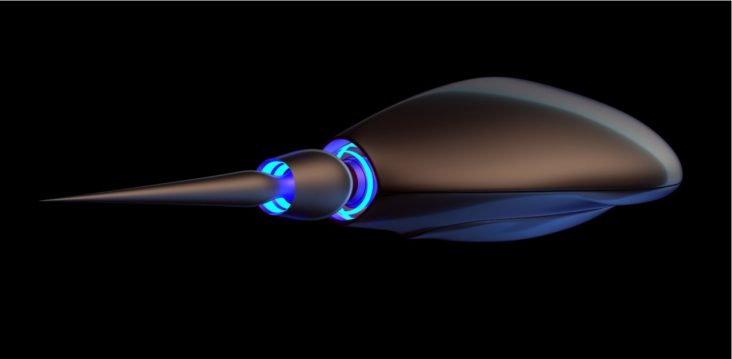Do Satellites Dream of Electric Cars?

“[SpaceShips]… are not merely vessels,
that is, empty things you put stuff into;
they were things, beings in their own right, at least.
a being, and perhaps a lot more so…” (Matters, Ian M. Banks)
In the famous novel by Philip Dick, there are a lot of considerations about machines’ ethics and thinking well exposed in the Bladerunner blockbuster. In my previous post on linkedin pulse, I discussed the impact on satellite systems of the extensive use of AI; here, I address the transformation induced by AI in Earth Observation satellites and the consequence of this evolution on the value chain.
Let me start from the beginning. In the early 90,’ Earth Observation had strong technology-push momentum and, frankly speaking, poor information content. When we founded Planetek Italia, the basic idea was: let’s transform data into information. This approach became mainstream, and much debate started about “putting users in the driving seat”. The mantra of Design Thinking is putting the user at the center of the design exercise of whatever it will be, a garbage bin or a starship, and it is a powerful approach to better service design, accommodating through a cycle of progressing iteration and unexplicit user requirements. Planetek has followed the Design Thinking paradigm for fifteen years, helping humans introduce Earth Observation within their daily processes.
But what will happen when a customer will be a machine?
Continue to read on Giovanni Sylos Labini’s Linkedin Pulse page
Read also our latest GeoXperience Magazine issue to learn more about Planetek

